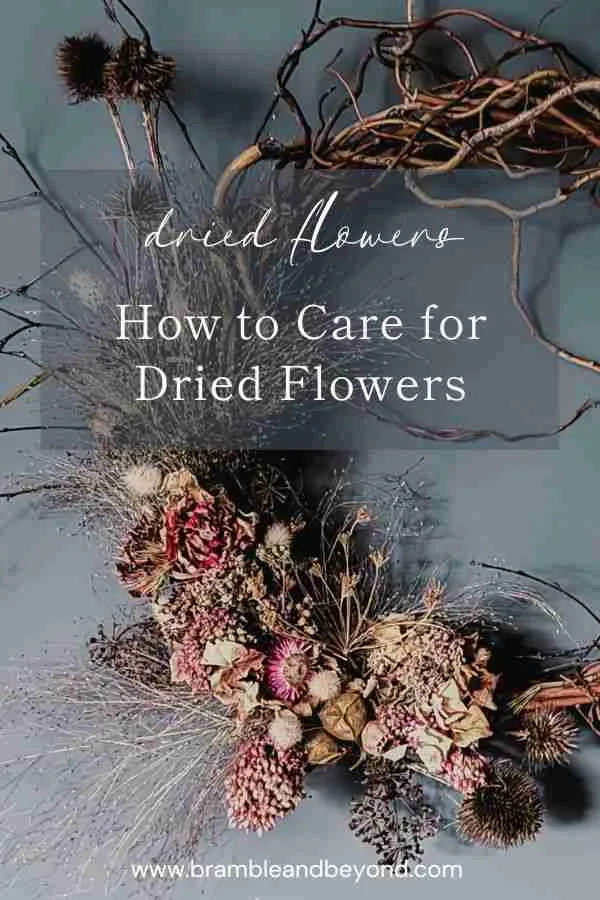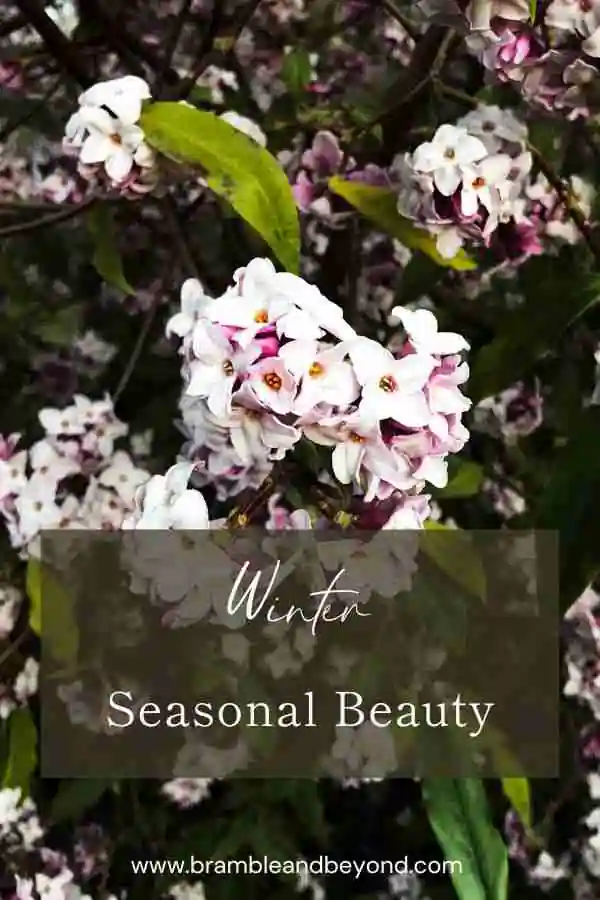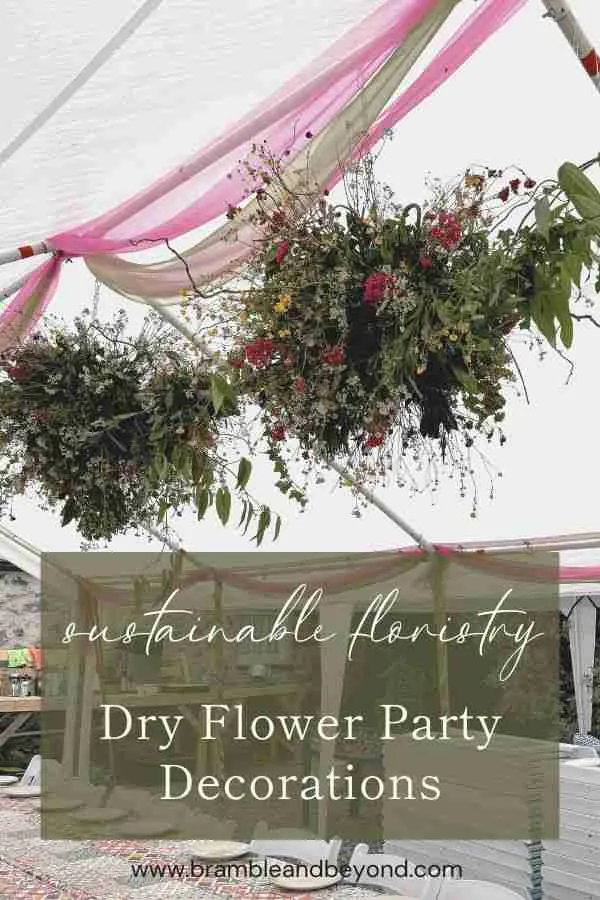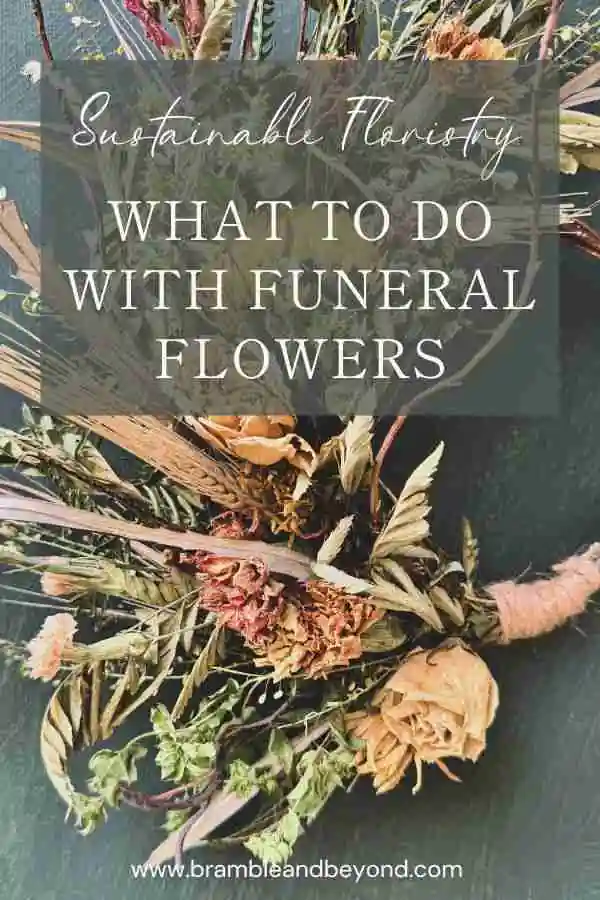Disclosure: This post may contain affiliate links, meaning I get commission if you decide to make a purchase through my links, at no cost to you. Please read my Affiliate Disclosure for more information.
Are you tired of cut flowers wilting and dying after just a few days? Whether you’re preparing for a special occasion or simply want to enjoy fresh flowers in your home, knowing how to make cut flowers last longer to keep them looking vibrant and healthy for as long as possible is essential.
Don’t worry, I’ve got you covered with these simple steps that will maximise the lifespan of your cut flowers.
The secret to making cut flowers last longer
One of the things I absolutely love is to bring a gorgeous flower arrangement into my house. And after putting in all that effort to grow the flowers, I want to make sure that I can enjoy them for as long as possible in the vase.
When you cut flowers, you’re essentially removing them from the nutrients and water they need to stay alive. This eventually causes them to wilt and die. By making sure your flowers stay hydrated and keeping the vase clean to prevent bacteria growth, you can extend the life of your flowers.
Florists are like magicians when it comes to making flowers last longer. They have a few tricks up their sleeves, and I’m here to spill the beans. The secret lies in carefully cutting and conditioning the flowers.
By following these steps, you can ensure your flowers take in enough water and avoid bacteria growth, resulting in longer-lasting blooms.
Step 1: Cut at the right time to make cut flowers last longer
When you are growing your own flowers, here are some tips to help you make cut flowers last longer:
- Timing matters: When cutting your flowers, consider the time of day and season. During hot weather, it’s best to cut them early in the morning or in the evening when the sun is not too intense. This will help prevent them from wilting quickly. In winter, aim to cut foliage during the mildest part of the day to avoid it defrosting too quickly and becoming mushy.
- Choose the right stage: If you have a specific day in mind for your flowers to look their best, consider cutting them when they are not fully open. For instance, roses with fully open flowers cut on a Thursday may not last until Saturday. By cutting them when they are partially open, they will gradually open in the vase and will be perfect for a Saturday wedding.
Step 2: Cut the stems at an angle
To make cut flowers last longer, it’s important to cut them properly. Follow these friendly tips:
- Cut the stems at a 45-degree angle. This increases the surface area for water absorption, allowing the stems to drink up more water and stay fresh for a longer time.
- Whenever you change the water of your flowers, remember to cut the stems again at a 45-degree angle. This ensures that they continue to absorb water effectively.
- For clean and easy cutting, use carbon-bladed florist’s scissors instead of secateurs (unless you’re dealing with thick, woody stems). This will give you a quick and precise cut without crushing the stem and damaging its water vessels.
- As you cut each stem, be sure to remove the foliage. This will keep the stems clean when you put them in the buckets. Foliage left in the water can decompose and promote bacteria growth, which can harm the flowers.
Step 3: Sear stems
To help prevent plants that tend to wilt, it’s recommended to gently sear the stem when cutting. This technique can also benefit woody stems, especially during the early part of the year when growth is more sappy.
For non-woody stems, simply immerse the freshly cut ends in a few centimetres of boiling water for a couple of minutes, and then transfer them into your usual containers filled with clean, fresh cool water.
For woody stems, make a clean cut about 5cm up the stem, splitting it slightly. Then, promptly place the freshly cut end into approximately 5cm of boiling water to sear it. After searing, top up the container with cold water and allow the stems to condition, just like any other cut material.
Remember to repeat this process every time you trim the stems.
During the winter season, searing is generally not necessary. Instead, let the stems adjust by placing them somewhere sheltered from frost, but not in the heat of the house, before bringing them indoors for arranging.
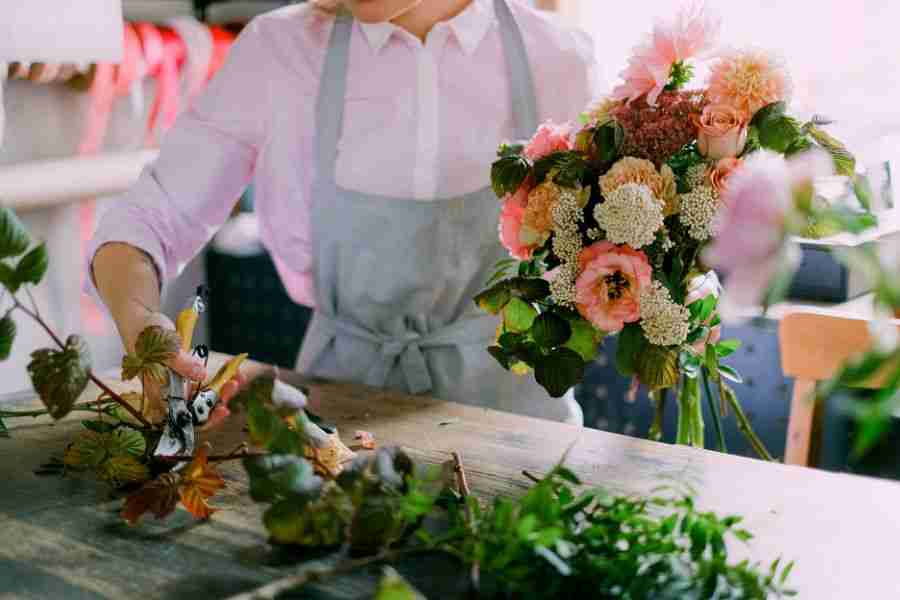
Step 4: Give your flowers a fresh water
To ensure that your make cut flowers last longer, it’s important to place them into water as soon as they are cut. So, after cutting the stems, make sure to immediately place them into tall, clean buckets filled with fresh water.
It’s essential to have suitable buckets for this task. Look for containers that have a similar circumference at the neck and base, and are taller than they are wide. These types of buckets are the best for conditioning cut flowers, as they help prevent the flowers from toppling out. Something like this florist bucket is perfect, although you may find that if you visit a florist they will sell you some cheaply.
Avoid overcrowding the container, especially when cutting flowers in wet conditions or during rain. When fresh-cut flowers are tightly packed into a small space, their delicate petals can get bruised and squashed.
If you’re dealing with bulbs, it’s advisable to use separate containers. Some bulbs, like narcissus, release a toxic sap into the water when cut. This sap can harm other plants, so it’s important to keep these bulbs in their own buckets and change the water frequently until the sap stops seeping out.
Step 5: Condition your flowers
To make your cut flowers last longer, it’s important to properly condition them.
Once you’ve completed the previous steps, find a cool and airy spot, like a garage, cellar, or cool barn, to place your buckets of flowers. Make sure they are out of direct sunlight. Letting your flowers sit for at least 4 hours, or ideally overnight, allows them to absorb water and rehydrate, which is essential for their longevity.
Some florists choose to add flower food to improve the vase life of the flowers. However, if you prefer to avoid adding chemicals, handling your flowers appropriately should be sufficient and flower food may not be necessary.
It’s worth noting that when florists receive flowers from wholesalers, the flowers have already been cut for some time. This is why adding chemicals to revive or prolong their life becomes more important for florists compared to someone who has grown their own flowers.
By following the steps mentioned above, your own grown wedding flowers will last happily from Wednesday or Thursday until the moment you walk down the aisle on Saturday, and even until the last dance of the evening. All you need to do is provide them with fresh water and clean containers to keep them looking their best. After the wedding is over, maintaining the flowers’ appearance becomes less important.
Step 6: Change the water and recut stems
One of the most common issues that can cause flowers to wilt or die prematurely is the growth of bacteria in the water. To prevent this, it is recommended to change the water every two days. This simple step helps to avoid the accumulation of bacteria, which can harm the stems.
When changing the water, it is also important to recut the stems at an angle. Use sharp and clean scissors or a knife to recut the stems, ensuring that they are not damaged in the process.
Regularly changing the water can significantly prolong the lifespan of the flowers and help them maintain their beauty for a longer time. In fact, by simply changing the water regularly to prevent the build-up of bacteria, a vase of flowers can last twice as long.
Step 7: Create the perfect environment
Moisture constantly evaporates from flowers, which causes them to absorb more water. This natural process is known as transpiration. If the rate of water absorption cannot keep up with the amount of evaporation, the flowers will start to wilt.
If you place your flowers near direct sunlight, heat sources like radiators and appliances, or drafts, the water will evaporate more quickly. Unfortunately, this can make it challenging for your flowers to absorb enough water, leading to premature wilting.
To prevent this, it is important to keep your flowers away from direct sunlight, heat sources, and drafts. Instead, find a cool spot in your home where your flowers can thrive and stay fresh for longer.
Remember, taking care of your cut flowers is like nurturing a little piece of nature inside your home. With a gentle approach, you can create an environment where your flowers thrive and bring joy to your life.


